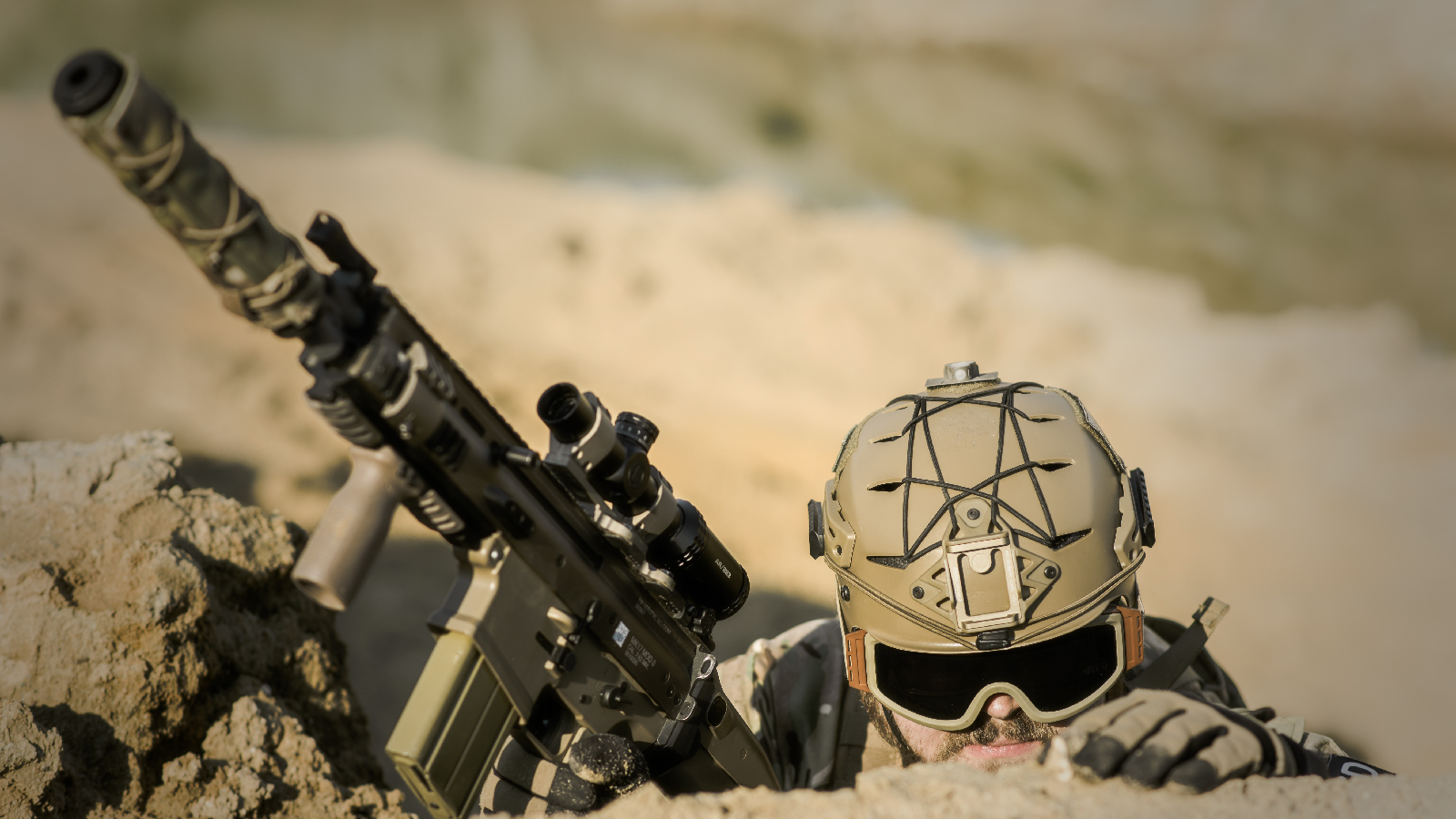It's a murder mystery just shy of its centennial anniversary, one that marked a decisive moment in the history of Afghanistan and one that remains unsolved to this day.
In February 1919, Habibullah Khan was taking a much-needed vacation from his duties as Afghanistan's emir by going on a hunting expedition in Jalalabad.
Over the preceding months he had managed to anger two powerful groups on opposite ends of the political spectrum by stubbornly sticking to a position of neutrality through the end of the First World War. Not only had the war seemed to nationalists to be a chance for Afghanistan to finally break free of British colonial rule, but conservative religious leaders were appalled that Habibullah had not sided with the Ottoman Empire, the largest remaining Muslim kingdom.
"With the defeat of Turkey by a Christian power and the occupation of the Holy Places of Islam, fanaticism was aroused, together with the bitter feeling that Afghanistan had failed Islam in its hour of need," British diplomat Sir Percy Sykes is quoted as saying in historian Thomas Barfield's "Afghanistan: A Cultural and Political History."
The more secular nationalists were all the more livid because at the very least, they had expected Habibullah to have made a deal with the British in which Afghanistan would receive its independence peacefully in return for not entering the war on the side of England's foes. But the British "prevaricated on the issue" at the war's end, Barfield writes, leaving Habibullah "in a precarious situation."
Facing criticism from both sides, Habibullah could at least rest peacefully knowing that because of the "repressive policies" of Habibullah's late father, Abdur Rahman, he was most likely safe from a popular revolt.
"[But] it did not secure him from enemies closer to home, including his closest relatives," Barfield writes.
Ninety-nine years ago today, on the morning of Feb. 20, 1919, Habibullah was "found murdered in his tent, the victim of an unknown assassin."
"Just who killed him, or arranged to have him killed, remains a subject of speculation to this day," says Barfield's book, which was published in 2010. (The Dynamic Analysis of Dispute Management Project at the University of Central Arkansas pinned the murder on "a military officer." The British Library says only that Habibullah was killed "person or persons unknown.")
Upon Habibullah's death, his brother Nasrullah proclaimed himself emir and immediately secured the fealty of Habibullah's two eldest sons. But Habibullah's third son, Amanullah, "condemned his uncle as a traitor and his father's assassin." Barfield writes that Amanullah was already a popular political figure in Kabul, and he quickly pulled the military to his side. Outflanked, Nasrullah abdicated the throne, handing the leadership of Afghanistan to Amanullah.
Scholar Ludwig W. Adamec wrote that Habibullah's assassination came "at a time when it had become clear in Kabul that Afghan hopes for independence would not be realized," but Amanullah was thought to be "a man... who had been steeped in the pre-war period of heightened nationalism."
Sure enough, Amanullah soon launched the Third Anglo-Afghan War and, just months later in 1920, the British relinquished any claim to Afghanistan in the Treaty of Rawalpindi.
[Do you have a tip or question for Code and Dagger? Reach us at CodeAndDagger@protonmail.com. And if you like what you read and want to help keep the site running (kind of) smoothly, click here to learn how you can support the site. ]











